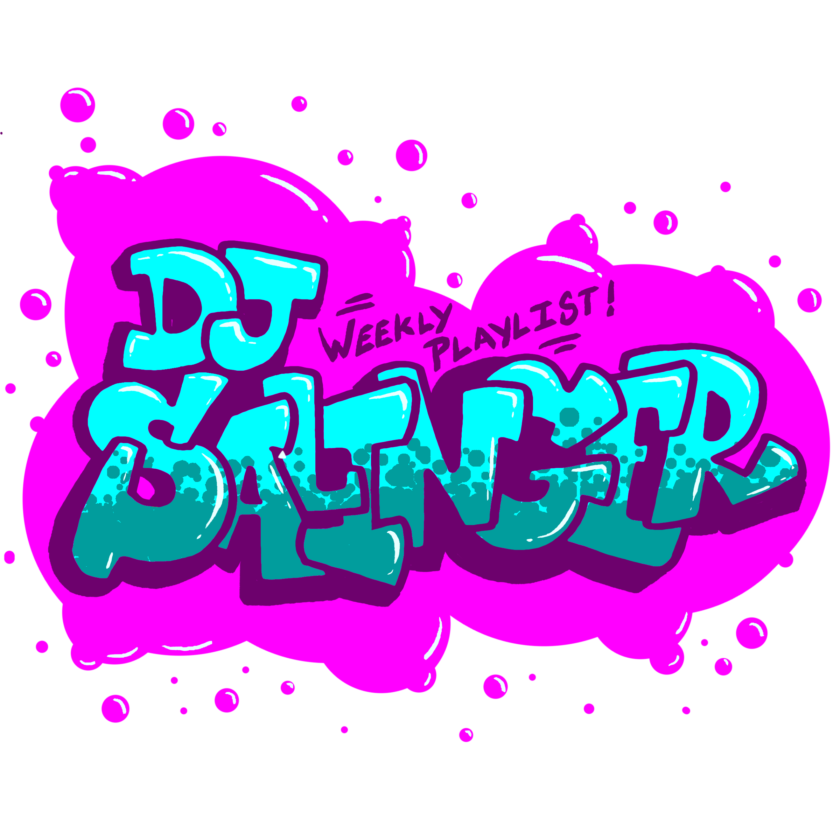The youth vote puzzle
After the massive efforts put into youth get-out-the-vote drives across Oregon and throughout the country, one of the big cliffhangers of Tuesday’s election was whether or not young voters would truly turn out at the polls in the record numbers that seemed possible.
The results, it seems, were a bit less than hoped for, but still encouraging.
While the percentage of young voters remained the same as in 2000, the actual number of young voters was up, given that overall voter turnout was higher.
An estimated nine percent of voters Tuesday were 18 to 24, about the same proportion of the electorate as in 2000, exit polls indicated. The youth vote accounted for 17 percent of turnout when broadened to the 18-to-29 age group, also about the same share as in the last presidential race, according to The Associated Press.
However, many young voter activists were encouraged by the numbers.
“I think this is a historic election as far as youth voter turnout,” said Ivan Frishberg, communications director for the National Public Interest Group’s new voters project. “I think is shows that this grassroots peer to peer method works to bring in new voters.”
Frishberg takes issue with The Associated Press figures, saying that “they couldn’t be more misleading.”
Approximately 4.4 million new young people turned out to vote by the National PIRG’s own numbers. Overall 51.6 percent of young people voted this year, compared to 42.3 percent in 2000.
“That’s a big jump, it’s 10 percentage points,” Frishberg said.
John Wykoff, executive director of the Oregon Student Association (OSA) said that was encouraged by the youth turnout. OSA played a major role in a coalition of groups that registered over 30,000 people to vote prior to the election.
“I think everybody’s effort ultimately paid off as far as getting young people to vote,” Wykoff said.
Driven by an intense race for the presidency, a greater percentage of Americans voted Tuesday than at any time in more than three decades.
Figures tabulated Wednesday by The Associated Press showed that 114.9 million people had voted with 99 percent of precincts reporting.
The total figure is closer to 117.8 million based on estimates of uncounted absentee and mail ballots in California, Oregon and Washington, said Curtis Gans, director of the nonpartisan Committee for the Study of the American Electorate. Another two million votes remain, given incomplete tabulations in some states, provisional ballots and other absentee ballots, he said.
Gans put the total turnout at nearly 120 million people. That represents just under 60 percent of eligible voters, the highest percentage turnout since 1968, Gans said.
One county clerk in Illinois spoke for poll workers across the country on Election Day when he summed up the turnout with one word: “Gangbusters.”
Four years ago, in the election that led to Republican George W. Bush’s narrow victory over Democrat Al Gore, slightly more than 54 percent of eligible voters, or about 105.4 million, voted.
President Clinton’s 1996 re-election bid drew just 49 percent of eligible voters, about 96.3 million. But his 1992 challenge to the first President Bush brought out 55.2 percent of eligible voters, or about 104.4 million.
Officials had eyes on whether Tuesday’s turnout would rival the 1960 benchmark, when about two-thirds of eligible voters came out to back either Democrat John Kennedy or Republican Richard Nixon.
At least six states — Alabama, Florida, Georgia, South Carolina, Tennessee and Virginia — and the District of Columbia set voter-turnout highs, according to Gans’ analysis. Kentucky initially appeared to set a record for turnout, too, but more analysis showed that was not the case.
“On both sides, the presidency of George Bush was a lightning rod,” he said. “For those who supported him, they supported him for traditional values, strong leadership, the war on terrorism and some rejection of things that the Democrats advocate,” such as abortion rights and gay civil unions.
“On the other side, it was the war on Iraq, debt, the feeling he hadn’t been candid with the American people, too conservative values and division in the country,” Gans said.
When it comes to voting, the United States still has some distance to go to match the participation of voters in other democracies. By U.S. standards, Tuesday shaped up as an impressive show.



